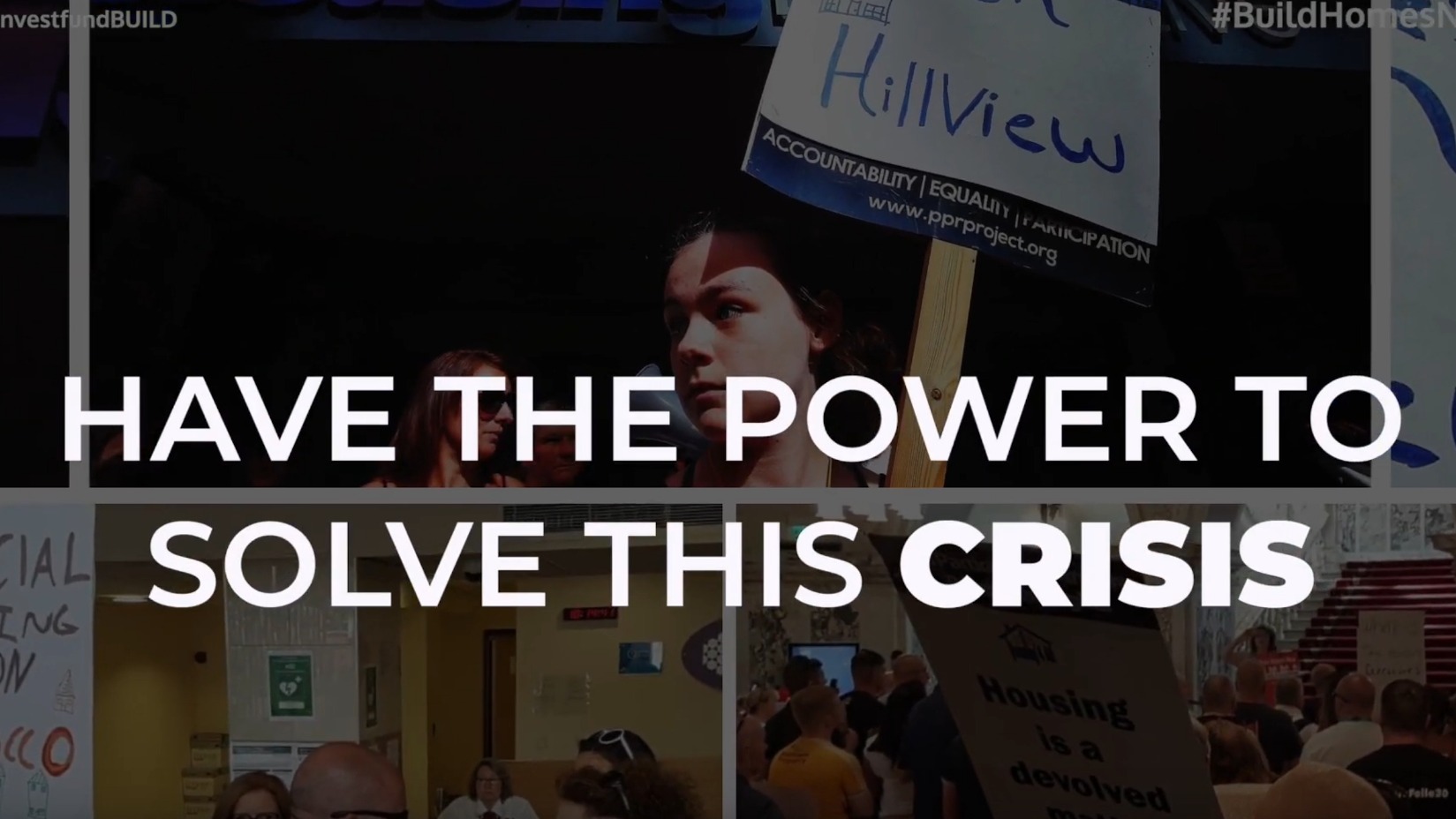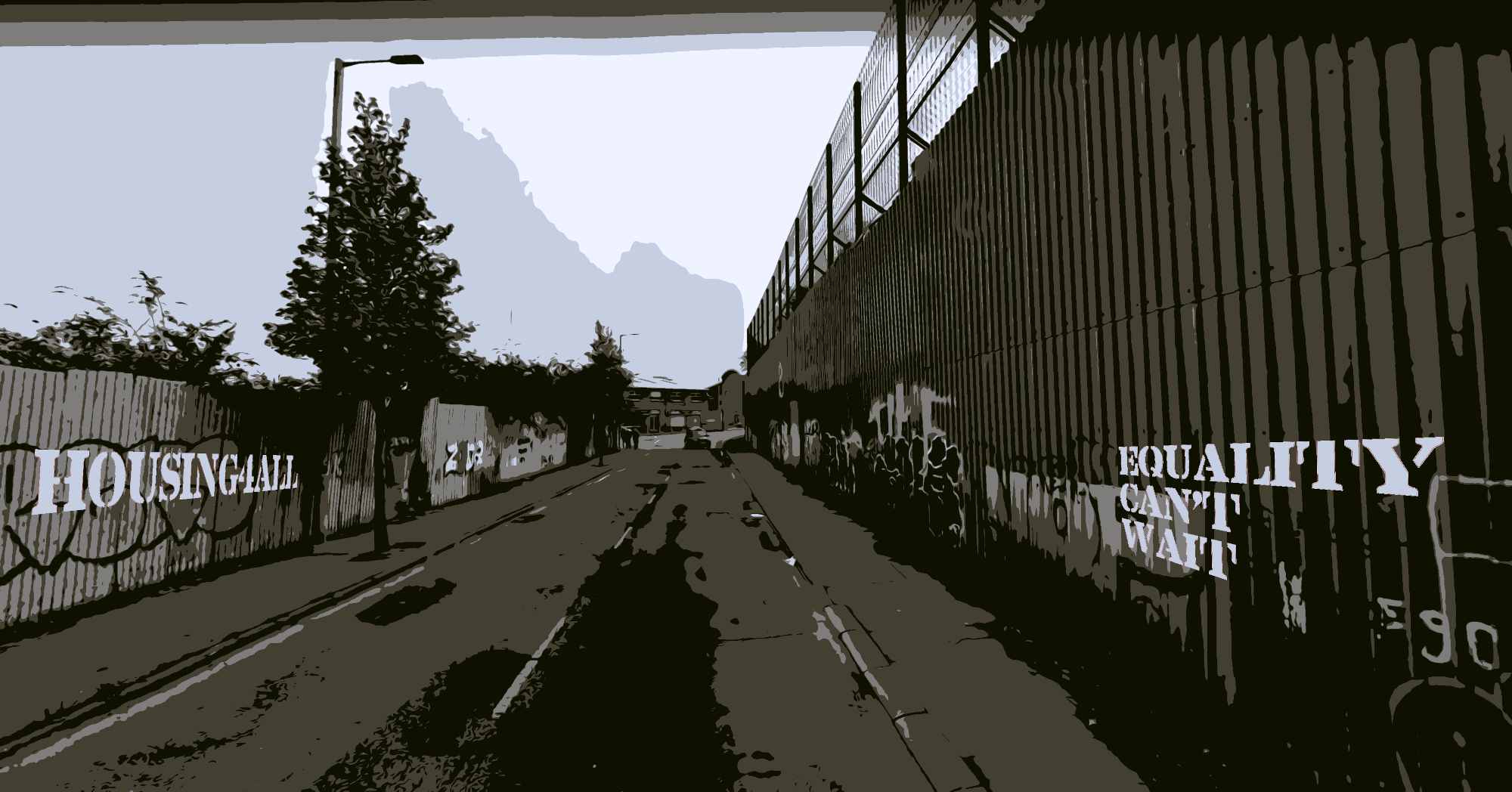

Video
Audio and video content from our campaigns
Shocking Statistics about Child Homelessness in NI - and How Easily It Could Be Solved
11,372 children recognised as homeless in Northern Ireland: their human rights are being denied every single day

Under Housing (NI) Order (1988), the Northern Ireland Housing Executive must, through a range of means, do its utmost to ensure that accommodation becomes available for people who are either homeless or threatened with homelessness.
Some homeless people may be able to stay in the short term with family or friends, others may be paying for a hotel or private rented accommodation. Those without strong social networks or financial means, however, find themselves in temporary accommodation in homeless hostels, alongside other people in the same situation.
‘Full Duty Applicant’, or ‘FDA’, status matters to people. It is official recognition of the duty owed to them by the state. In addition, under the Housing Executive’s system for the allocation of social housing, those with the highest number of points are offered accommodation first. FDA status automatically gives someone on the waiting list 70 points – a fair boost up the waiting list towards allocation of a home and out of temporary homeless accommodation.
Numbers that don’t add up…
A closer look at the situation of ‘people living in homeless hostels but not recognised as homeless’ has revealed cases of many individuals who have not been recognised as ‘Full Duty Applicants’ by the Housing Executive, despite the fact that they were patently homeless with nowhere else to go.
A Freedom of Information request from PPR to the Housing Executive revealed that on 25 June 2018 the Housing Executive had a record of just 19 such cases in its Housing Management System.
However on one day, 25th July 2018, the number of homeless residents in Simon Community hostels without F.D.A. points was over four times the official figure – 78.
In other words, the Simon Community alone was providing shelter to four times the number of unrecognised homeless people the Housing Executive had on its books – a highly significant gap which raises deep questions about the accuracy of the systems for recording homelessness, and the adequacy of measures to alleviate it.